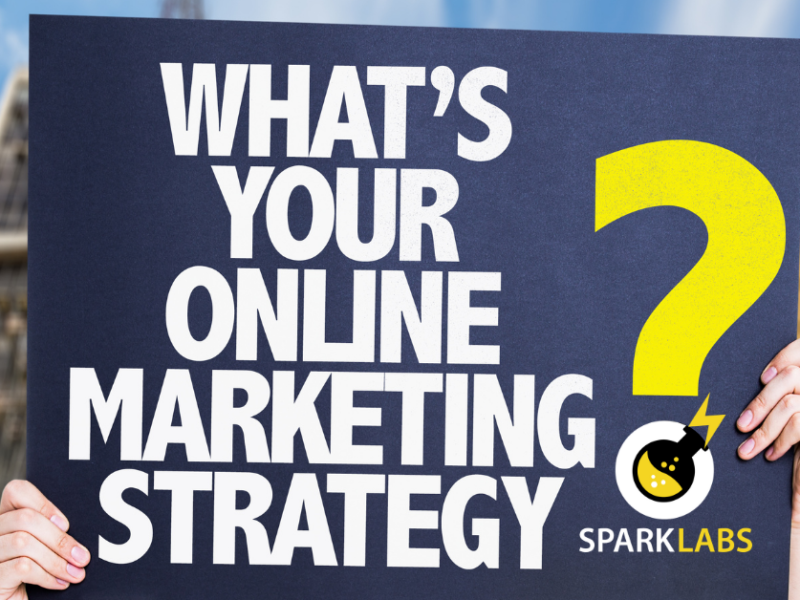
Data-Driven Marketing | Step One: Get Smart, Get Strategic
Data-Driven Marketing | Step One: Get Smart, Get Strategic https://csuiteold.c-suitenetwork.com/wp-content/uploads/2014/03/strategy.jpg 507 338 C-Suite Network https://csuiteold.c-suitenetwork.com/wp-content/uploads/2014/03/strategy.jpgby Lisa Arthur
The ability for your team and the C-Suite to align behind a shared strategic vision is the first step in my process to successful data-driven marketing.
Once you have a shared vision you can build a case to your larger organization that will:
- Connect the dots between projects
- Show how those projects drive value
- Create alignment if changes spark turf wars
After you’ve created this strategic vision, other things will start to fall into place. Once you have a solid vision, you can truly get smart and strategic about data-driven marketing. Because every business is unique, starting points, visions and plans will vary from team to team. Once you’re ready to put data-driven marketing into action, break down your strategy into smaller components. This is a good first step to take because you need to give each component some attention while still staying true to your overall vision.
There are five recommended steps for “getting strategic.” They involve developing the following:
- A customer interaction strategy.
Map out your buyer’s journey, from first touch through to purchase. Then, identify the cross-organizational company changes that should happen, as well as the systems and data to transform and deliver your customer engagement plan. Your goal should be to create a consistent, omnichannel customer-centric journey.
I recently had an experience with a retail company that didn’t have this synergy in place yet. Its ecommerce and inventory systems weren’t aligned. When I tried to return something I’d originally purchased online to their local store, the experience was unnecessarily difficult for me, the consumer.Make sure you develop a customer interaction strategy that enables your customers rather than “manages” them. - An analytics strategy.
In “Big Data Marketing,” Tom Davenport talks about three main categories of analytics: business, predictive and prescriptive. Data and technology drive your analytics, so you’ll need to determine where you are today, which analytics you’ll need to compete in the future and how to frame your organization for the age of digital disruption. - A data strategy.
Silos of information exist across the enterprise. Data-driven marketing has to involve credible data and the development of an enterprise-wide data strategy. An actionable data strategy should permeate the enterprise and involve a solid partnership between marketing, IT and your other major business functions.
You’ll also want to link the data strategy to your overall business objectives, gain senior-level buy in and be mindful of data management issues like compliance data and data hygiene.
Lastly, make sure your organization’s most talented employees can execute your data strategy. In my book, I share examples about my work with Peggy Dyer, CMO of The American Red Cross, that helped the organization create a strategy from just a vision.
Click here to learn more about my work with The American Red Cross using data to offer help and hope. - An organizational strategy.
Big Data extends beyond departmental walls, and it challenges traditional approaches. It disrupts organizational structures and tears down silos. The C-suite should work together on organizational models, evaluating current structures and creating new approaches to grow revenue. - A technology strategy.
The most successful organizations not only develop strategic partnerships between their CMO and CIO, they also marry business and technology strategy. When debates or roadblocks come up in these companies, the CMO and CIO can use the broader vision to drive change. Companies should also incorporate new roles, like a VP of customer experience or a VP of customer engagement, into their organizations to further enhance the CMO/CIO relationship.
Given the strategy recommendations above, I hope you feel ready to start your journey towards successful data-driven marketing. Take a deep breath and dive right into creating your vision and strategy. In my upcoming Step Two blog post, I’ll be sharing how to tear down the silos that can slow one’s journey to achieving success.
*This is the first post in a series of steps to achieving digital marketing success by Lisa Arthur. Stay tuned for “Step Two: Tear Down The Silos” on the C-Suite Network blog.
 Lisa Arthur is the Chief Marketing Officer for Teradata Applications, the leader in integrated marketing software. She meets with thousands of CMOs and marketing professionals annually through public speaking and events. Learn more about Lisa’s book, “Big Data Marketing,” and follow her on Twitter @lisaarthur.
Lisa Arthur is the Chief Marketing Officer for Teradata Applications, the leader in integrated marketing software. She meets with thousands of CMOs and marketing professionals annually through public speaking and events. Learn more about Lisa’s book, “Big Data Marketing,” and follow her on Twitter @lisaarthur.





